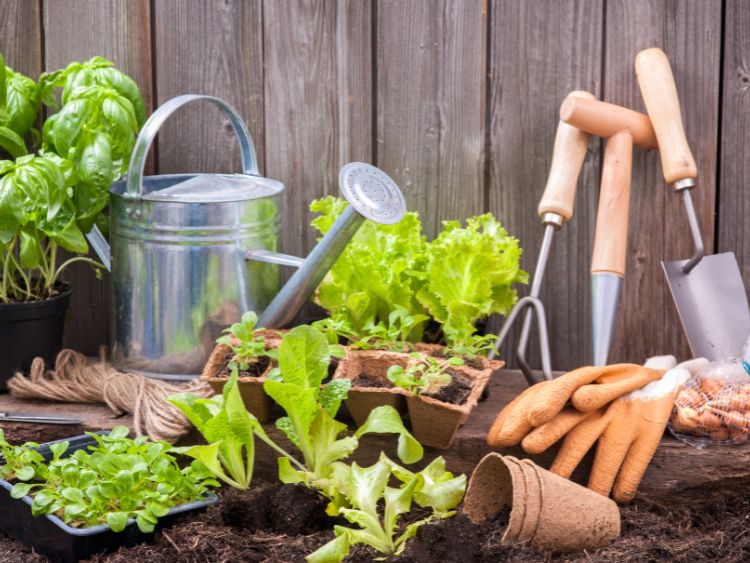In the heart of every home lies a potential oasis, a slice of nature waiting to be cultivated into a personal paradise. Welcome to the “Gardening State,” where the seeds of knowledge bloom into the flowers of wisdom for both novice and seasoned gardeners alike. This article embarks on a verdant journey, exploring the ins and outs of creating, nurturing, and flourishing within your very own gardening state.
Embracing the Soil: The Foundation of Your Gardening State
The first step in cultivating your gardening state is understanding the ground beneath your feet. Soil isn’t just dirt; it’s a living, breathing foundation that sustains your garden. Here’s what you need to know:
- Test Your Soil: Before you plant a single seed, get to know your soil’s pH and nutrient levels. A simple test can reveal what your garden needs to thrive.
- Amend Accordingly: Depending on your soil test results, you might need to add compost, peat moss, or other amendments to create the perfect growing environment.
Sunlight and Water: The Lifeblood of Your Garden
Plants, like people, have basic needs, with sunlight and water at the top of the list. Here’s how to ensure your garden gets its fill:
- Track the Sun: Observe how sunlight moves across your garden space throughout the day. Different plants require different amounts of light, so plan accordingly.
- Water Wisely: Overwatering is just as harmful as underwatering. Learn the needs of your plants and set a watering schedule that keeps them healthy and hydrated.
Choosing Your Crops: Planting the Seeds of Success
What do you want to grow in your gardening state? Whether it’s a vegetable patch, a floral paradise, or a mix of both, choosing the right plants is crucial:
- Consider Your Climate: Not every plant will thrive in your specific conditions. Research which plants are best suited for your area’s hardiness zone.
- Start Simple: If you’re new to gardening, start with easy-to-grow plants that require less maintenance. Herbs, lettuce, sunflowers, and marigolds are great starters.
The Art of Maintenance: Keeping Your Garden Green
A flourishing garden requires regular care and attention. Here’s how to keep your greenery growing:
- Weed Out Problems: Weeds compete with your plants for nutrients and water. Regular weeding keeps them from taking over your garden.
- Pest Control: Keep an eye out for signs of pests and diseases. Early detection and natural remedies can save your garden from disaster.
Advanced Techniques: Elevating Your Gardening State
Once you’ve mastered the basics, it’s time to explore advanced gardening techniques that can enhance your garden’s beauty and yield:
- Companion Planting: Some plants grow better together. Discover which combinations work best to deter pests and promote growth.
- Succession Planting: Keep your garden productive by planting new crops as soon as one harvest ends. This technique ensures a continuous supply of fresh produce.
FAQs
Q: How do I start a garden in a small space? A: Container gardening and vertical gardening are excellent solutions for small spaces. Choose compact, dwarf varieties of plants that thrive in containers.
Q: Can I garden year-round? A: Yes, with the right planning and protection, such as using greenhouses or indoor gardening techniques, you can enjoy gardening all year.
Q: What’s the best way to save water in my garden? A: Utilize rain barrels to collect rainwater, opt for drip irrigation systems over sprinklers, and mulch your garden beds to retain moisture.
Summary
The journey into the gardening state is both rewarding and transformative, offering endless lessons and delights along the way. With a dash of patience, a sprinkle of effort, and a generous amount of love, your garden will not only thrive but become a testament to the beauty and resilience of nature. Remember, every day is a learning experience in the gardening state, where the fruits of your labor are not just the produce on your table but the joy in your heart. Keep digging, planting, and growing, and let the magic of the gardening state unfold in your backyard.







